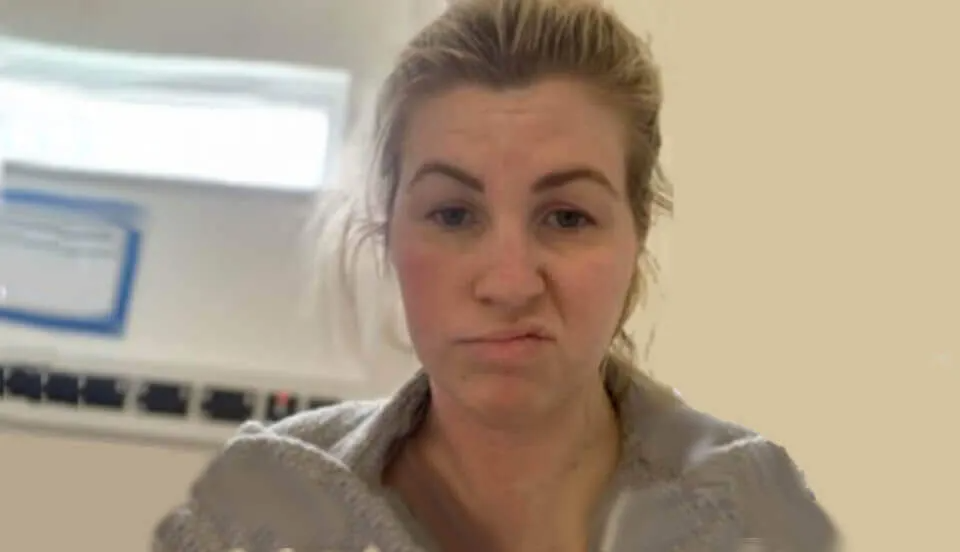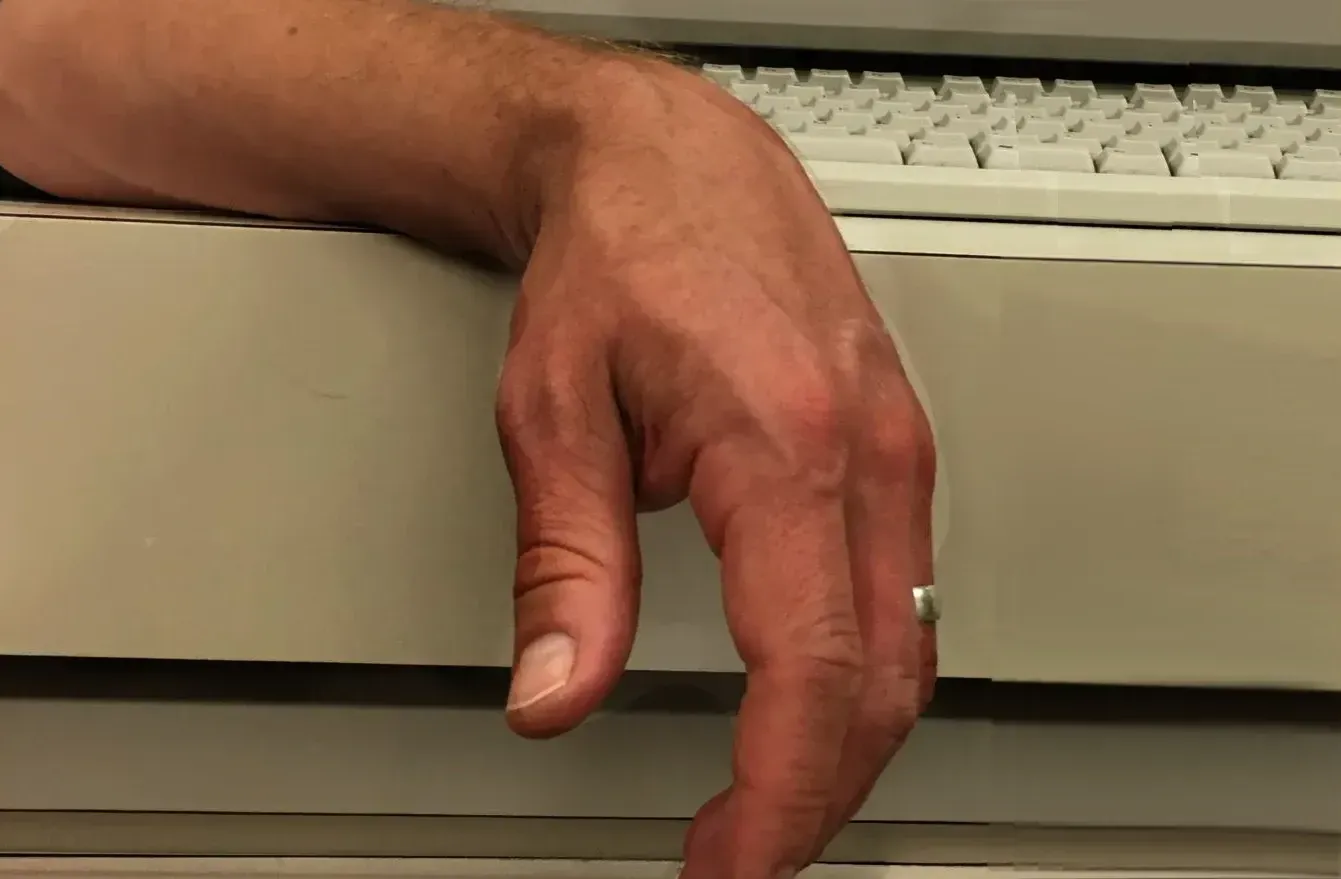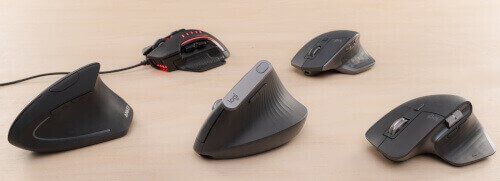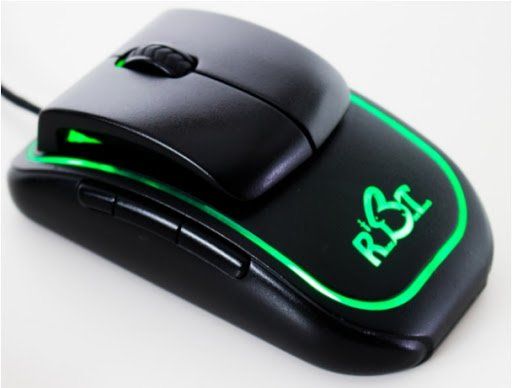Mouse Pain: Causes, Symptoms & Relief for Hand and Wrist Strain
Mouse pain — finger, wrist or hand discomfort from long mouse use — may signal fatigue, tendonitis or early carpal tunnel syndrome; proper ergonomics help.
Pain, tingling or stiffness in the hand or wrist while using a computer mouse is often due to fatigue or tendon strain. But it may also be an early sign of carpal tunnel syndrome. Improving ergonomics, using frequent breaks and wrist supports helps reduce stress on the tendons and protect nerve health.
Table of Contents
- Overview
- Does having mouse pain mean you have carpal tunnel?
- How to tell the difference: carpal tunnel, muscle fatigue, tendonitis
- What carpal tunnel feels like
- What muscle fatigue feels like
- What tendonitis feels like
- Treating mouse pain
- Focus on ergonomics
- Hand and finger position
- Good posture, stretching & night bracing can stop hand pain
- Good posture
- Frequent stretching exercises
- Night bracing
- Summary
- FAQs
- About
Overview
By Dr. M. Zannakis | The CarpalRx
Many people say they suffer from what they call “mouse pain” or “mouse hand.” While those aren’t official medical terms, they describe the problem perfectly — pain, tingling, or stiffness in the fingers, hand, or wrist that flares up when using a computer mouse.
If that sounds familiar, you’re definitely not alone. This problem is far more common than most people realize. In fact, the
National Institutes of Health has found that people who work at desks — such as administrative staff, data-entry professionals, or anyone spending long hours on a computer — are at especially at
high risk for developing carpal tunnel syndrome and related hand disorders.
So what’s really going on inside your hand and wrist when you experience “mouse pain”? And more importantly, how can you make it stop before it turns into something worse?
In this article, we’ll explore exactly what causes mouse pain, why it happens so often, and — most importantly — how to treat it effectively so you can work comfortably and protect your hands long-term.
Does having mouse pain
mean carpal tunnel?
Having pain when using a mouse DOES NOT necessarily mean you have
carpal tunnel syndrome. It could also mean you have simple hand
muscle fatigue or even
tendonitis.
In fact, most people performing
stressful hand activities usually experience pain due to muscle fatigue. But it's important to know that carpal tunnel syndrome, muscle fatigue, and tendonitis are separate and distinct disorders. Hand muscle fatigue and tendonitis are simpler disorders. In contrast, carpal tunnel syndrome is more complicated and
much harder to treat.
How to tell the difference: carpal tunnel, muscle fatigue, tendonitis
What carpal tunnel feels like
Carpal tunnel is a progressive neurological condition that affects at least
five million Americans. It occurs as a result of stressing and straining the fingers and hand -- yes, like using the mouse a lot.
Carpal tunnel syndrome occurs because the
flexor tendons inside your wrist joint swell. As the tendons swell, they push against the
median nerve and crush it. The median nerve is one of the main nerves in the hand. And it
reacts badly to being crushed. That crushing is what causes all of the
unpleasant sensations you get with carpal tunnel syndrome.
You might feel the following symptoms in your hand (palm side) and fingers (especially the thumb, but never the pinky):
- Pain (mild or punishing; intermittent or constant)
- Numbness (usually in the fingertips)
- Burning
- Swollen feeling (even though the skin looks normal)
- Tingling (or pins-and-needles)
- Shooting electric shocks
- Weakness of the grip
- Clumsiness
- Symptoms are usually worse when your hand is at rest (like sleeping)
What muscle fatigue feels like
Having mouse pain is
most commonly due to your hand and finger muscles begin overworked and fatigued. It's no different than getting leg pain from walking or jogging extensively.
Using a mouse for long periods of time may cause fatigue which results in pain - particularly
while
you use the mouse. The pain may be accompanied by hand or finger numbness, tingling, or cramps.
You might feel any of the following if you have simple hand muscle fatigue:
- Pain (usually soreness) occurs with movement; then it stops while at rest
- Hand
weakness
- Numbness, tingling, and clumsiness can occur, but are less common
- Muscle cramps
- Muscle
twitching or trembling
- Pain is usually localized
- Difficulty with fine finger movements
What tendonitis feels like
Tendonitis of the hand and fingers is a common disorder affecting the
flexor and extensor tendons. These are the tendons responsible for closing and opening your fingers, respectively.
As with carpal tunnel syndrome, overworked and stressed tendons can become inflamed. And it's this inflammation which causes most or the symptoms.
Tendonitis is particularly noticeable when gripping or grasping, making a fist, or turning your wrist. The following are signs of simple muscle fatigue:
- Persistent pain (usually soreness) occurs with movement; then it stops while at rest
- Localized swelling over the inflamed tendon
- Tenderness when pressure is applied to the area
- Stiffness and difficulty moving your fingers and hand
- Popping or creaking when moving your fingers and hand
Treating mouse pain
It's a huge advantage if you can recognize you have a problem before it advances any further. That means you have a much better chance to eliminate the problem for good.
And it's even better to determine if you have either carpal tunnel, hand muscle fatigue, or tendonitis. This way, you can treat the condition properly. The discussion below focuses on what to do if you have pain and other symptoms when using your mouse.
Focus on mouse ergonomics
Different computer tasks can
affect the upper extremities in ways that are detrimental to your overall health. In particular, using an ordinary computer mouse (and keyboard) for long periods of time can be a recipe for biomechanical disorders. Also,
studies show that making even small changes to how you use your hand and arm can dramatically reduce muscular tension and pain.
Therefore, if you already have pain, throw away that old mouse - and pain will also very likely go away. Then get an
ergonomic computer mouse. This is an easy-to-use computer mouse specifically designed for those prone to having mouse pain.
The "vertical mouse" is a popular design because it feels more natural in the hand. The vertical mouse forces you to rotate your hand in a more natural position. This reduces stresses from the hand to the elbow.
A new version of the vertical mouse is the
Ullman Mouse. This is a pen-type grip to make fine movements easier.
But most of the pain from mousing is not how you hold your hand, but how you
click. Clicking a mouse stresses flexor tendons tremendously. But one design reduces that stress.
The
QuadraClicks RBT mouse is specifically designed to reduce clicking stress in the finger. By making clicking less stressful for flexor tendons, this mouse actually reduces fatigue and very likely prevents the onset of carpal tunnel syndrome. It's the only mouse designed specifically to lessen tendon stress,
and I highly recommend it.
Hand and finger position
If you use a conventional computer mouse, make sure your fingers do not curl around the mouse in the same position for a long time. The simple act of hovering over the click button
increases pressure inside the carpal tunnel space by two-fold. Therefore, avoiding such hovering can avoid serious problems down the line.
Next, pay close attention to the position of your fingers and hand - especially as they type on a keyboard. Make sure they're not overly bending or reaching for keys and buttons. There are
various types of ergonomic keyboards which offer the best solution to this problem. The
split keyboard is usually the best solution.
Good posture, stretching & night bracing can
stop hand
pain
The combination of the following three measures are tremendously powerful in preventing hand pain due to carpal tunnel syndrome, muscle fatigue, and tendonitis:
- Good posture
- Frequent stretching exercises
- Night bracing
At the first sign
of keyboard or mouse pain, incorporate the above measures into your life. You won't regret it one bit. Here are details about each measure.
Good posture
Adjust your workstation’s chair, table, and monitor height so they feel comfortable. The monitor should be directly in front of your eyes. You should never bend your head down.
Be sure the keyboard and mouse are like extensions of your fingers that don’t require much movement. Be conscious of your most common posture and hand movements and be sure to keep those movements to a minimum.
Frequent stretching exercises
While working on the keyboard and mouse, take frequent "mini-breaks" to stretch your finger and hand tendons. It’s best that for every 30 minutes of work, you do 30 seconds of finger stretches. I tell my patients this the '30-30 rule". I've designed fast and effective stretching exercises for almost everybody.
For specific stretches, see these specialized exercises for:
Night bracing
At the first sign of keyboard or mouse pain, you MUST start start nocturnal bracing. Any brace will be fine for muscle fatigue or tendonitis. But if you have carpal tunnel syndrome, you must wear a
carpal tunnel brace at night. This is most crucial if you have more
severe
carpal tunnel symptoms.
But no matter how severe your symptoms are, you must nip the problem in the bud right now. Remember, muscle fatigue and tendonitis are relatively easy to treat. But carpal tunnel is more difficult - and more serious. That means if you have carpal tunnel, you have to focus on prevention
and
treatment. Otherwise, you can be certain you’ll be facing
carpal tunnel release surgery later on. After surgery, your
carpal tunnel surgery recovery time can be from many months up to a year.
So avoid this surgery and down-time at all costs.
Summary
Your keyboard and mouse pain may be due to simple muscle fatigue or tendonitis. But it can also be a sign of carpal tunnel syndrome. There are simple and reliable ways to treat the symptoms so they don't worsen.
FAQs
Can I have both carpal tunnel and tendonitis?
Yes. Actually, having both conditions is common because they are related.
It sounds like rest and avoidance are the best treatments for carpal tunnel. But what if those measures fail?
At that point you will have to ALSO incorporate night bracing and stretching exercises. In more advanced cases, you will need
myofascial massage as well.
Can you recommend a good vertical mouse?
There are dozens of them available. The most important feature is comfort. My advice is to try several brands and models, and then choose the most comfortable one for your hand.
About












